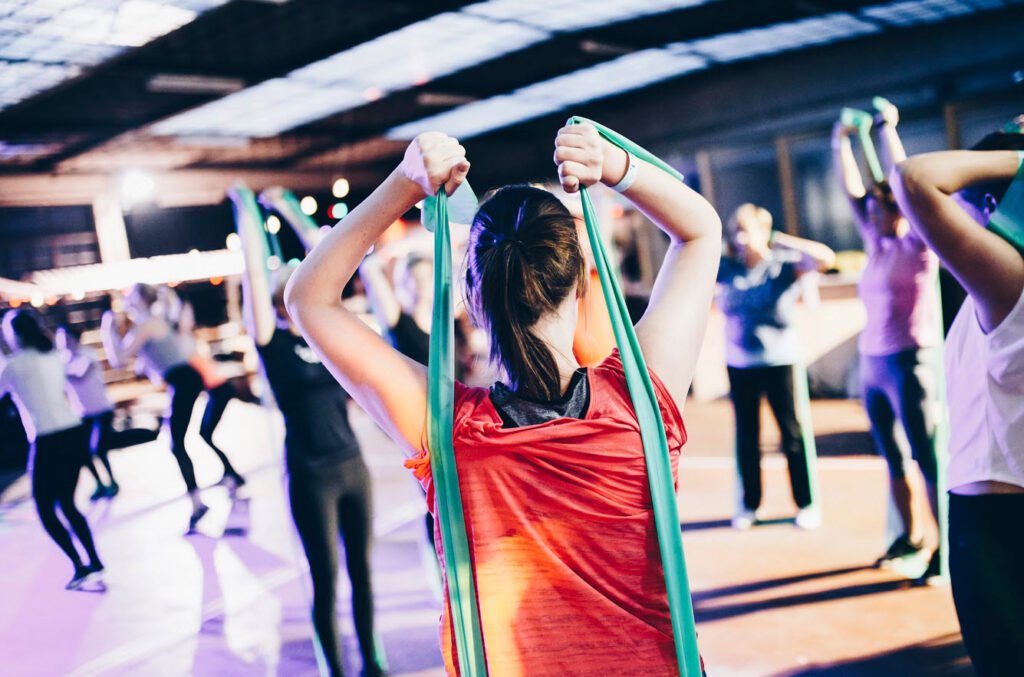
Physical activity is crucial for the overall well-being of children, fostering physical health, social skills, and emotional resilience. However, for children with special needs, traditional physical education classes may pose challenges.
In this article, we explore various strategies to make physical activities accessible, inclusive, and enjoyable for children with special needs.
1. Sensory Integration:
Sensory sensitivities can be a barrier for some children with special needs. Simple adjustments, such as lowering the volume of music or using soundproof headphones, can create a more comfortable environment. Similarly, controlling lighting, both indoors and outdoors, can enhance accessibility.
Natural lighting or the use of LED bulbs can be more conducive for children with sensory challenges.
2. Positive Behavior Interventions or Support (PBIS):
Maintaining positive behavior is essential in physical education classes. PBIS is a systematic approach that focuses on preventing negative behaviors and fostering healthy interactions.
Clear expectations, visual supports, and positive reinforcement contribute to a supportive learning environment.
3. Team Building:
Instead of competitive games, emphasize team-building exercises. Creative games that require collaboration and teamwork can be more inclusive, boosting a sense of unity among all students.
4. Accessibility:
Consider the physical environment. Use gym surfaces and outdoor mats to ensure a safe and accessible space. Level the playing field by introducing games like sitting volleyball or scooter soccer that accommodate various abilities.
5. Inclusive Classrooms:
Inclusive education is a crucial strategy, ensuring that children with special needs receive education within regular classrooms. This promotes acceptance, understanding, and integration within the broader societal context.
6. Assistive Technology:
Develop and implement assistive technology, including specialized equipment or modified tools. This may include larger balls, balls with bells, or devices that aid participation in learning activities.
7. Adaptive Physical Education:
Tailor physical education classes to accommodate students with disabilities. This may involve creating a separate adaptive class or modifying games and sports rules to ensure inclusion and engagement.
8. Creating Specific Environment:
Design play areas with specific requirements for children with special needs. Provide ample natural lighting and consider the sensitivities of these children to loud noises or bright lights.
9. Focus on Creative Games:
Foster creativity and teamwork by emphasizing creative games that promote collaboration rather than competition. This approach helps build confidence and prevents unnecessary stress.
10. Accommodations and Modification:
Recognize the unique needs of each child and modify teaching strategies accordingly. Accommodate the diverse abilities within the classroom to ensure an inclusive and supportive learning environment.
11. Professional Courses:
Develop professional courses and teacher certification programs focused on teaching physical education to children with special needs. This will enhance the expertise of educators and promote the widespread adoption of adaptive physical education programs.
In conclusion, implementing these strategies fosters an inclusive and supportive environment for children with special needs in physical education settings. By prioritizing accessibility and tailoring activities to individual abilities, we create a platform where every child can thrive, promoting not only physical fitness but also social inclusion and emotional well-being.
You may also like:- Can You Take Calcium and Vitamin D Supplements Together? Read Here
- Taking Control Of Your Hormonal Health: What To Expect From An HRT Clinic
- ICMR’s Advisory on Tea and Coffee Consumption
- 10 Healthy Tips for World Health Day 2024
- Headache Danger Signals – A Comprehensive Guide
- Commonly Used Drug Dosages for Pain
- Key Responsibilities and Duties of a Doctor
- Personalized Support For Every Family: The Specialized Training Of Lactation Consultants
- Why Does A Person Sleepwalk At Night?
- How Do You Get Tired From Mental Work?








